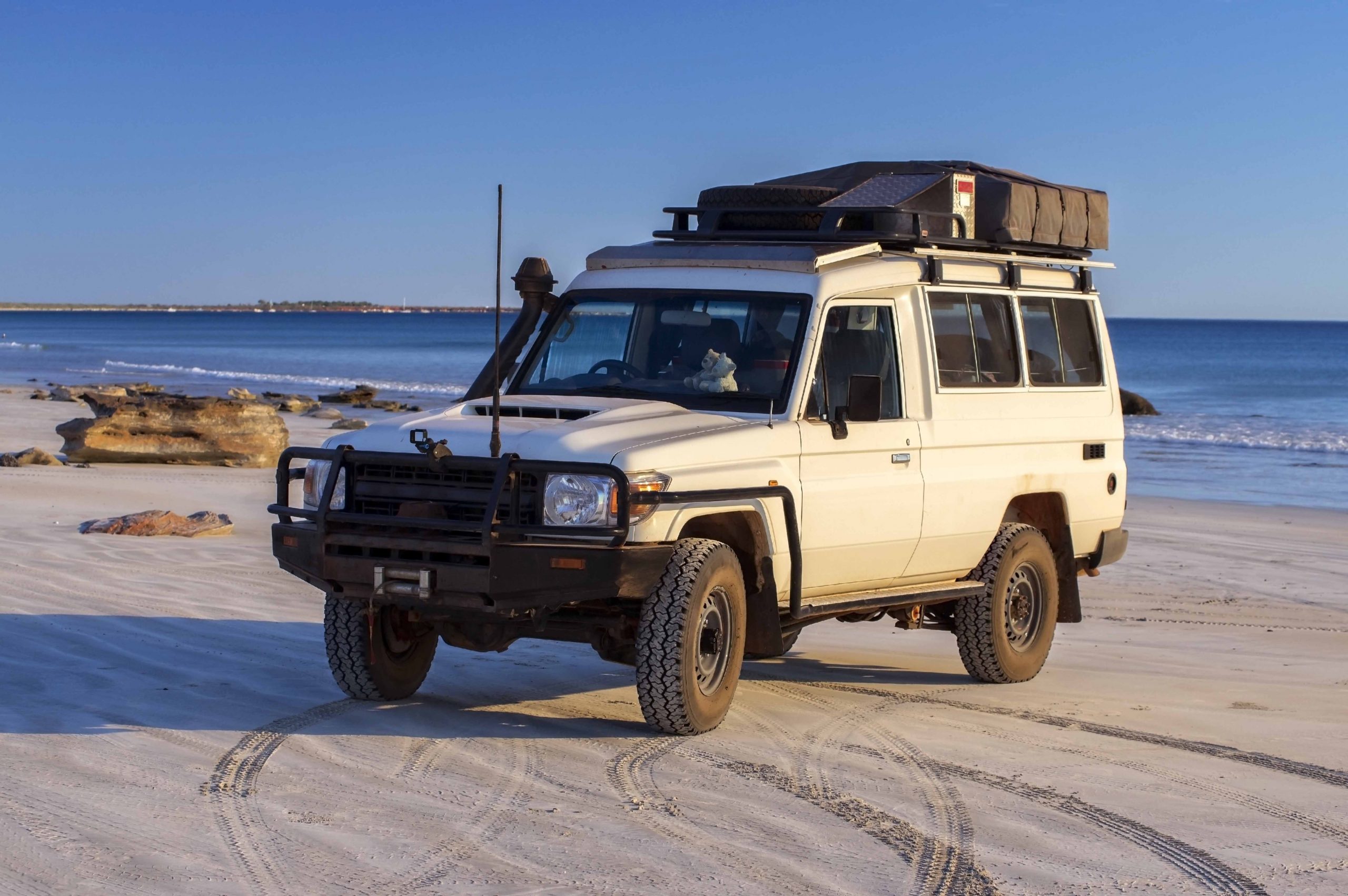As restrictions ease across the great South East many Queenslanders are rediscovering the joy of spending time in the great outdoors. Our beaches and national parks have begun to re-open and we are seeing more families heading out for a full day of adventure with mother nature. If you are lucky enough to own an off-road vehicle but are yet to explore its capabilities, below we have outlined our top 6 basic tips for off-road adventures for beginners.
1) Get to know your vehicle.
Off-road vehicles are not all built the same! Your vehicle’s capabilities and limitations are the key points you’ll need to learn before you head out to the beach or bush. Get to know your vehicle’s approach and departure angles, ground clearance & wading depth, plus how & when to switch between high range and low range 4WD.
2) Be prepared for sticky situations.
Make sure you have recovery gear and accessories onboard such as a winch, snatch straps, a shovel, and recovery tracks should you find yourself in a spot of trouble. Additionally, you’ll want to make sure you’re prepared for first aid emergencies with a well-stocked kit – you never know when illness, bites, or injuries might strike! It pays to check the weather before you head out. Wet weather can make conditions a lot harsher so avoid heavy rain if you can, at least until you have some off-road experience under your belt.
3) Don’t go in too deep.
Always evaluate the depth and flow of water before driving through it or you risk damage to your vehicle or worse, being swept away. If you are unsure of the depth and it is safe to do so, walk through the water to ensure it is an appropriate depth to drive through. Ensure a slow approach when entering the water but maintain a steady constant pace once in and avoid using the clutch as much as possible.
4) Adjust your tyre pressure to suit conditions.
Tyre pressure is the most crucial thing you can control when off-road, and there is a good reason behind why you should let some air out of your tyres, traction! Letting air out of your tyres on different surfaces increases the surface area (length and width) of rubber touching the ground, allowing the added grip to the ground which keeps you moving and reduces the chance of punctures, or if in the water… sinking.
5) Don’t go alone.
Lastly, ensure you are not alone! Take an experienced 4WDriver with you the first few times to assist in teaching you the ropes and to help you out of sticky situations. Soon enough you’ll gain the knowledge and experience to confidently 4WD independently.
6) Vehicle Maintenance.
Ensure your 4WD is cleaned after driving off-road by removing all mud, dirt and sand. Your vehicle should be serviced and checked regularly to enable continued off-road adventures.
For fixed-price servicing without any surprises on your bill, book online here.



